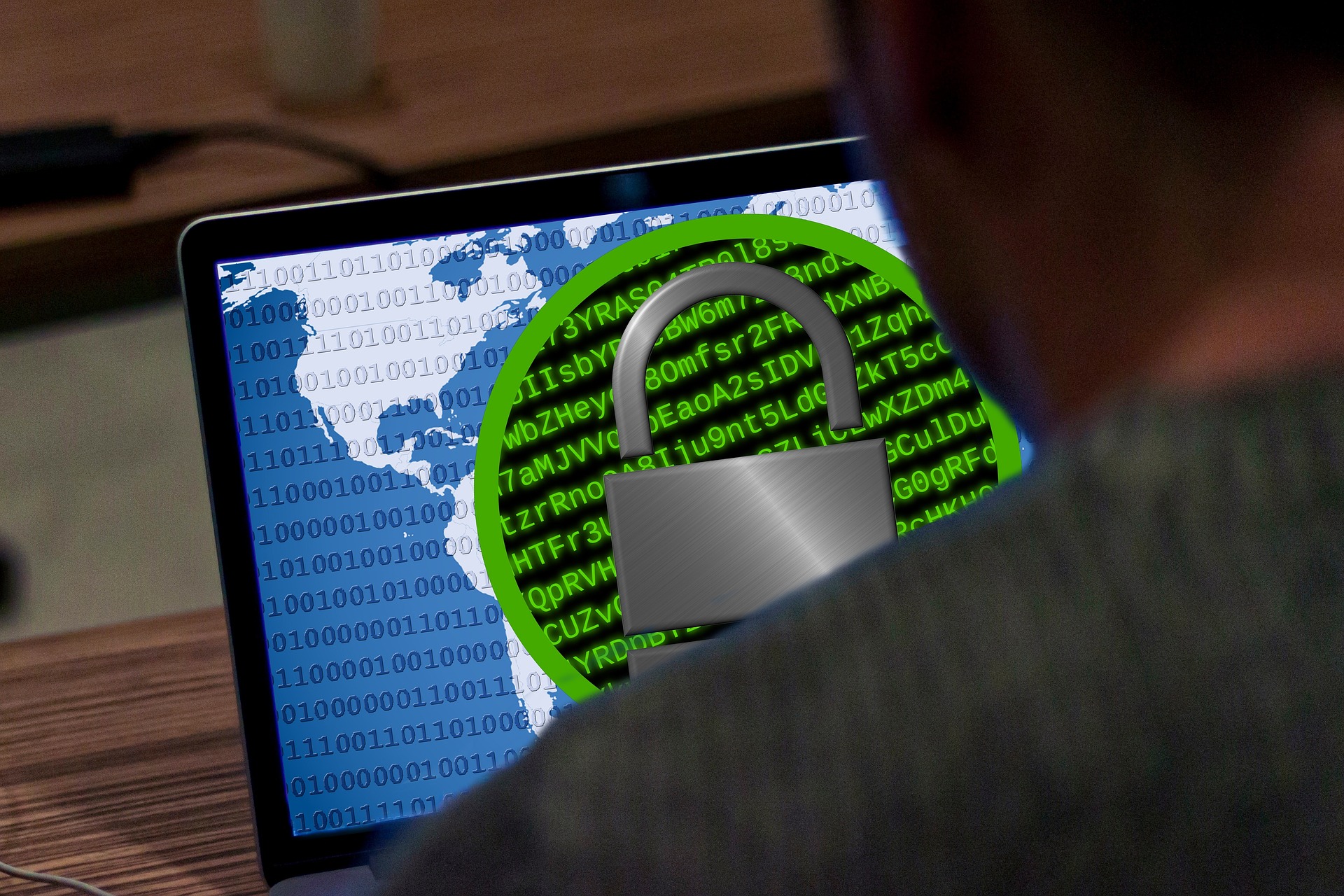
Whether you are a small business or an individual, there are specific tips and guidance that you should follow to make sure you stay safe from ransomware.
Table of Contents
Update Your System
An operating system, applications, and software that are up to date are one of the easiest ways to protect your system from malware. These updates provide security upgrades that prevent known vulnerabilities from being used. To prevent such viruses, you need to read the ransomware guidance and resources online.
Another way to protect your system is to regularly back up your data. This can help limit the impact of data loss and allow you to speed up the recovery process. You can create copies stored offline or on an external storage device. You can also use cloud services to restore older versions of your files.
By creating backups, you can restore your data to an unaffected version. Having a backup can also be helpful if your computer becomes infected with ransomware. It is essential to test your backups to ensure they work correctly.
In addition to regular backups, keeping your operating system and software up to date is essential. It is also necessary to check for updates when they are prompted. You can turn on automatic updates to do this.
It is also essential to be aware of malicious sites and emails. These sites may try to trick you into opening a malicious attachment. It would help if you were careful about downloading apps from unknown sources. You can protect yourself from this by checking the sender and the website address.
It would help if you also were cautious when receiving USB sticks from unknown sources. Never connect a strange USB stick to your computer.
Avoid Social Engineering Attacks.
Using social engineering to retrieve personal information is one of the most severe crimes that cybercriminals can commit. They are always searching for new and innovative ways to steal your private data. Fortunately, there are some things that you can do to avoid a social engineering attack.
The first step is to protect yourself by implementing basic security protocols. Make sure you have an anti-virus and robust backup system. These two items are crucial to protecting your privacy.
Also, be cautious about giving your personal information to strangers. Many of these people are looking to extract money from you. They may even threaten you with jail time. If you give out your information, you could suffer from identity theft or have your online reputation fall.
Be skeptical if you have received an email asking for your password or other sensitive information. You should also check the sender’s history to ensure you are not being scammed.
Another critical strategy to prevent social engineering attacks is to have a comprehensive backup system. When you have a robust backup system, you are less likely to fall victim to ransomware.
In addition, you should never download attachments from email addresses you have used. You should also avoid leaving your computer unattended in a public place.
Keeping your computer up-to-date with the latest software releases is a great way to minimize the chances of a social engineering attack. You should also conduct a Web application scan to find vulnerabilities in your system.
Create a Complete Incident Response Plan
Creating a complete incident response plan for ransomware attacks can help your organization respond rationally and quickly. This process will involve determining the scope of the episode, identifying the source, and coordinating with all relevant stakeholders. The response plan should also include steps to contain the attack, restore lost data, and remove the threat.
A post-incident review can help refine your incident response plan. This meeting includes representatives from all the teams involved in the incident. It will discuss the incident, what went well, and what can be improved. It will also discuss gaps in your defenses and recommend improvements. The post-incident review will also include an update to your playbooks.
In addition to a complete incident response plan, your business should implement a robust cybersecurity solution. This should include firewalls, intrusion detection systems, and anti-virus protection. These systems will help prevent future attacks and keep your business secure.
The incident response plan should include details on the initial response steps, the chain of command, and the required resolution time. It should also list the contact information of key individuals.
Don’t Pay the Ransom.
Almost all security experts recommend against paying for ransomware. This is because it encourages attackers to launch more attacks and doesn’t guarantee that your data will be recovered. It also increases the likelihood of corruption of your files.
While this may sound like a no-brainer, taking the time to weigh your options is essential. If you decide to pay for the ransomware, create a backup of your critical data before committing to the process. This way, you will only be forced to pay again if you recover your files.
Healthcare organizations are targeted by ransomware more often than other sectors. They are especially vulnerable to this attack because they hold sensitive information. This includes medical device data, client lists, payroll data, and SCADA system data. If your organization has this information, you’ll need to verify that your electronically protected health information is secure.


